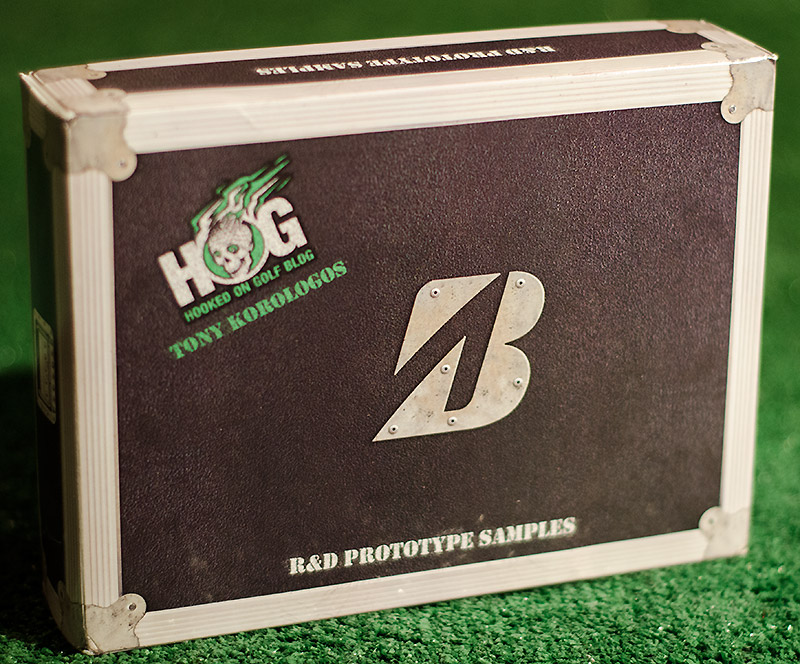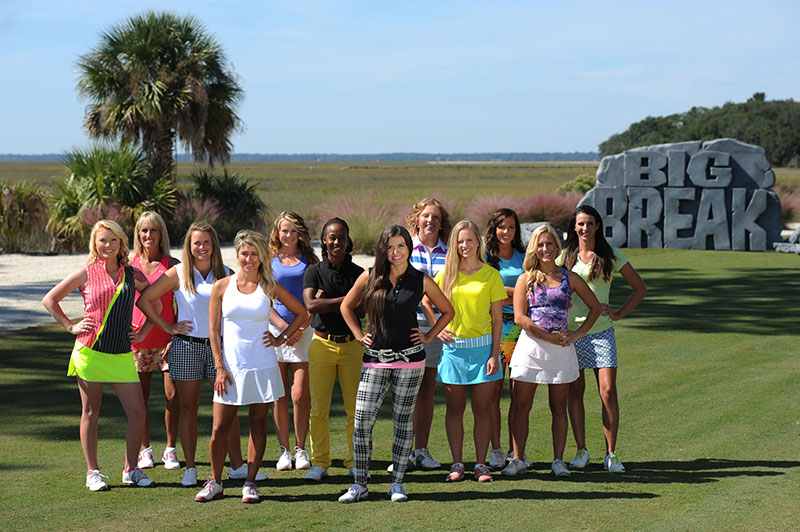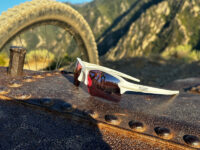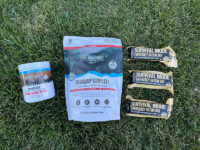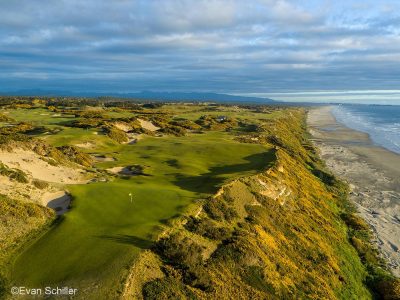Video: Waste Management Phoenix Open Floating Logo Made From 140,000 Recycled Golf Balls
The PGA Tour’s Waste Management Phoenix Open is this week. This is probably the craziest PGA Tour event, though they’ve toned it down a bit this year by disallowing the “caddie races.” Boo.
In the water at the tournament is a large Waste Management logo. This floating logo was constructed out of 140,000 used golf balls. Below is a time lapse video of the construction. Very cool.
Coolest Box of Bridgestone Golf Balls…EVER
This has to be the first time I value the box more than I value the golf balls inside the box! How cool is this?
Inside are four individual sleeves of R&D Prototype B330 model Bridgestone Golf balls: B330, B330-S, B330-RX, B330-RXS. That’s awesome.
One problem though is that Bridgestone must not know my home course. There are so many hazards I could lose a sleeve on the first hole or two.
Need more… 🙂
This Week on Tour – Tiger Woods & Rory McIlory in Dubai, Mickelson in Phoenix
Categories: European Tour • PGA Tour • Pro Golf • Rory McIlory • Tiger Woods
Tags: Phil Mickelson • Rory McIlory • Tiger Woods
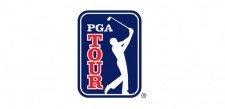 PGA Tour
PGA Tour
Waste Management Phoenix Open
Dates: January 30 – February 2
Venue: Stadium Course, TPC Scottsdale, Scottsdale, Ariz.
Tournament Airtimes On Golf Channel (Eastern):
Thursday 3-7 p.m. (Live) / 7:30-11:30 p.m. (Replay)
Friday 3-7 p.m. (Live) / 7:30-11:30 p.m. (Replay)
Saturday 1-2:30 p.m. (Live) / 10:30 p.m.-3 a.m. (Replay)
Sunday 1-2:30 p.m. (Live) / 10:30 p.m.-3 a.m. (Replay)
Notables in the field: Phil Mickelson, Keegan Bradley, Brandt Snedeker, Lee Westwood, Bubba Watson, Gary Woodland, Rickie Fowler, Ian Poulter, Nick Watney and Bill Haas.
 European Tour
European Tour
Omega Dubai Desert Classic
Dates: January 30 – February 2
Venue: Majlis Course, Emirates Golf Club, Dubai, United Arab Emirates
Tournament Airtimes On Golf Channel (Eastern):
Wednesday 10:30 p.m-Midnight (Live)
Thursday Midnight-4 a.m. / 5:30-8:30 a.m. (Live) / 10:30 a.m.-2:30 p.m. (Replay)
Friday 1-8:30 a.m. (Live) / 10:30 a.m.-2:30 p.m. (Replay)
Saturday 4-8 a.m. (Live) / 10 a.m.-12:30 p.m. (Replay) / 6:30-10:30 p.m. (Replay)
Sunday 4-8 a.m. (Live) / 10 a.m.-12:30 p.m. (Replay) / 6:30-10:30 p.m. (Replay)
Notables in the field: Tiger Woods, Rory McIlroy, Henrik Stenson, Ernie Els, Fred Couples, John Daly, Matteo Manassero, Thomas Bjorn, Stephen Gallacher and Mark O’Meara.
Golf Channel Announces All Female Big Break Florida
Categories: Golf For Women • Miscellaneous
Tags: Golf Channel • The Big Break
Golf Channel announced the latest in their Big Break reality show, “Big Break Florida.” This version will feature an all female cast and will be hosted by Tom Abbott and Melanie Collins.
For more information refer to the Big Break Florida press release here.
Hooked On Golf Blog Interview – Talking Fitness With Gary Player
Categories: Golf Fitness • Golf Life • Golf Lifestyle • Golf Videos • Interviews
Tags: Gary Player
What an honor it was last week to spend a few minutes interviewing Mr. Fitness, golf legend Gary Player. Interviewing the Black Knight is certainly one of the best highlights in the history of this modest golf blog.
In the interview below I discuss fitness with the 9-time major champion and member of the “Big Three,” the other two of course being Arnold Palmer and Jack Nicklaus.
Enjoy…
« Previous 1 … 281 282 283 284 285 … 1,165 Next »

